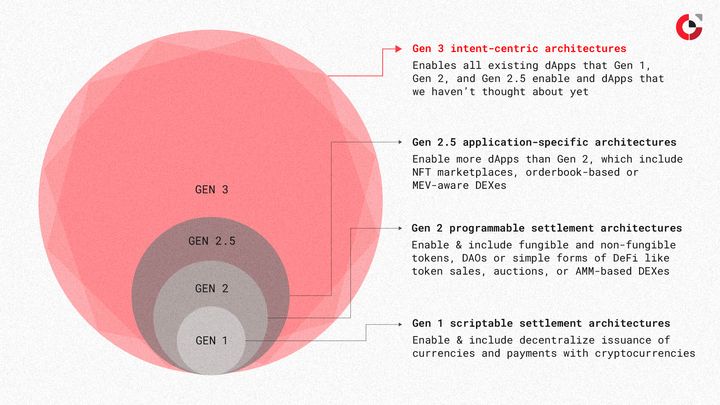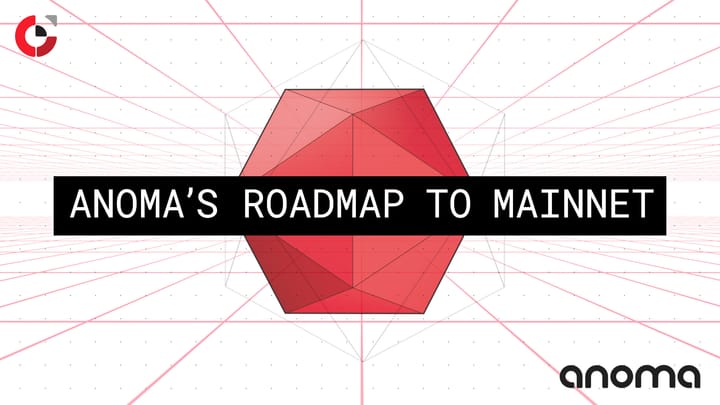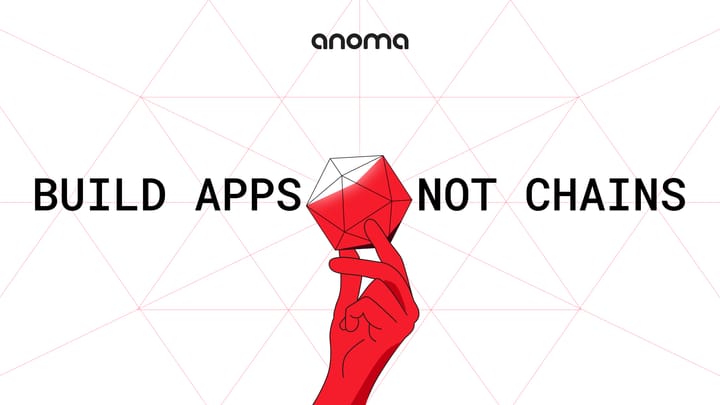Introducing the ARM: The Next-Generation of Virtual Machines Begins
Anoma introduces a major upgrade to the dapp development stack with the Anoma Resource Machine (ARM). The ARM is a next-generation virtual machine at the heart of Anoma’s Distributed Operating System (DOS), bringing native intents, privacy, and interoperability to any chain, starting with Ethereum.
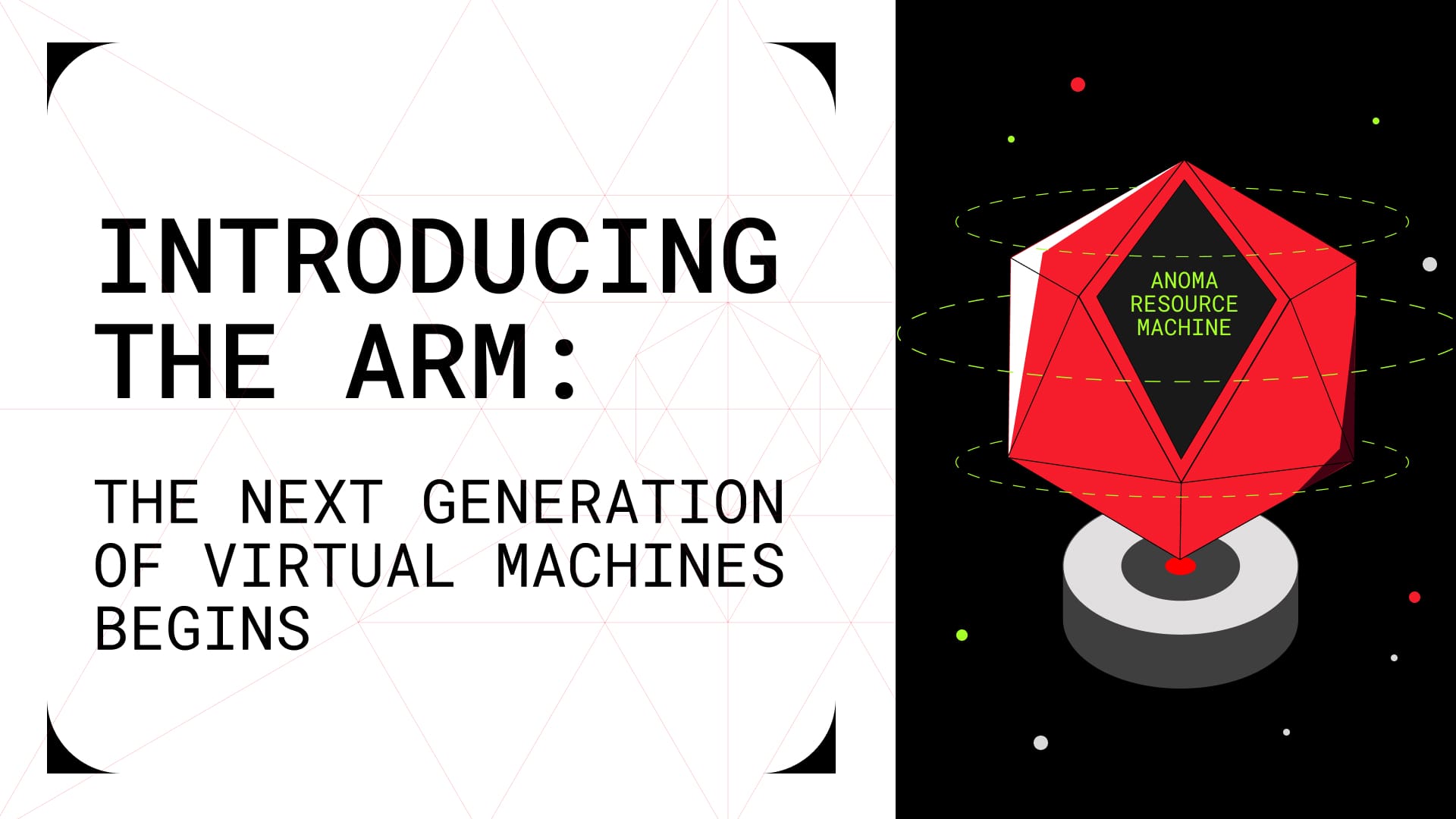
Ethereum’s EVM revolutionized blockchain programmability, introducing the world to smart contracts and setting the standard for decentralized applications. But it also came with limitations.
Virtual machine based apps since the EVM can only process transactions as step-by-step instructions to be settled onchain sequentially. This makes perfect sense from the perspective of blockchains and how they update state via global consensus, but it doesn’t make sense from the perspective of users.
VM-based apps come with a steep learning curve, requiring more technical knowledge and patience, forcing users to understand the steps necessary to accomplish their goals.
It’s like going to a restaurant and needing to give the chef a step-by-step recipe for the meal you want instead of just ordering from a menu.
Beyond this, conventional blockchain VMs have come with a number of other limitations:
- No privacy: public transactions and data sharing are the default, limiting widespread adoption of apps that process sensitive data.
- No multichain support: apps are tied to specific chains with no native support for cross-chain composability, fragmenting liquidity and UX. To go multichain, developers have to manage multiple deployments across different chains, a logistical nightmare.
- Inefficient state management: globally-shared state and reliance on onchain data and computation limits throughput, increases costs, and makes data sovereignty impossible.
- Limited apps/no multiparty support: apps cannot support decentralized counterparty matching for multiparty applications like bartering, onchain coordination, or fully onchain DEXs. Dapps cannot match the functionality of their centralized Web2 counterparts.
These constraints make it hard for developers to build and maintain truly user-friendly, future-proof applications with the flexibility needed to meet a constantly evolving landscape of user requirements and shifting market trends.
Since the launch of the EVM, innovation in virtual machines has brought incremental benefits like higher performance, zero-knowledge (ZK) functionality, or enabling new programming languages.
The engine at the core of Anoma’s Distributed Operating System, the ARM doesn’t iterate or build on top of previous blockchain VM technology; it’s designed and engineered from the ground up based on novel research.
With the deployment of the ARM to protocol adapters in the Ethereum ecosystem, Anoma introduces the most significant upgrade to the dapp development stack since the EVM.
The ARM brings a massive upgrade to existing blockchains and ecosystems by providing a private, intent-centric execution environment that works seamlessly with existing infrastructure – kicking off a new era of user-friendly, privacy-preserving apps primed for real-world adoption. Developers can now build fully-private, intent-centric applications that can run natively on any chain Anoma is deployed to.
What is the Anoma Resource Machine (ARM)?
The ARM is a new type of virtual machine. While conventional virtual machines work by processing step-by-step transactions, the ARM is designed from the ground-up to process intents: user-defined outcomes and constraints. By enabling users to directly state their desired outcome, the ARM enables more intuitive and user-friendly applications.
With intents, users can submit their desired end state without needing to worry about the steps necessary to achieve it. They can say, for example, ‘I want to borrow USDC against ETH at the best possible rate,” and Anoma handles the complexity for them, executing the order seamlessly across underlying infrastructure.
While conventional VMs are designed around the needs of blockchains, the ARM is designed around the needs of users, including developers.
Building apps on conventional blockchain VMs means building with smart contracts that are rigid and difficult to upgrade. When managing multichain deployments, developers are faced with complicated dependencies that make upgrading time consuming and expensive.
With Anoma, a single app can be built, run, and upgraded natively across several chains at once. For users, this provides the most seamless multichain experience possible. For developers, it eliminates the risk of choosing the wrong deployment chain, speeds up go-to-market, slashes maintenance overhead, reduces production costs, and helps future proof their app.
Introducing the Resource Model
To make this possible, Anoma introduces a completely new state model: the Resource Model. Inspired by the commitment/nullifier system originally pioneered by Zcash, the resource model combines the best of UTXO and account-based models.Rather than using step-by-step transactions to update state, Anoma’s state model is organized around atomic units of state called resources. Resources are the key to writing intent-centric applications, and can represent anything from tokens to messages and arbitrary data.
Compared to conventional VM transactions that can only access state (including assets) on a single blockchain, resource data can live anywhere: on any blockchain, any user device, any network node, etc. This model gives developers much more control and flexibility over their applications, which can now exist dynamically across several chains and access data and state anywhere.
This model also provides the most advanced privacy features ever seen in Web3.
Privacy isn’t about hiding or obscuring information, it’s about the appropriate flow of information. For example, it’s appropriate to share your medical records with your doctor, but not with the whole world. Since resources can live anywhere, user data can live on user devices by default, and only be shared with specific parties in the broader network as necessary.
The ARM solves the blockchain privacy problem, enabling fine-tuned control over data sharing on any public blockchain, today and in the future. For example, you can write a payments app with compliant privacy features where data must be disclosed to a specific party for payments exceeding a certain threshold. Users can also share specific data with specific parties for auditing purposes. This is more than just a ‘nice-to-have’, it’s required to achieve real world relevance for apps that process sensitive user data.
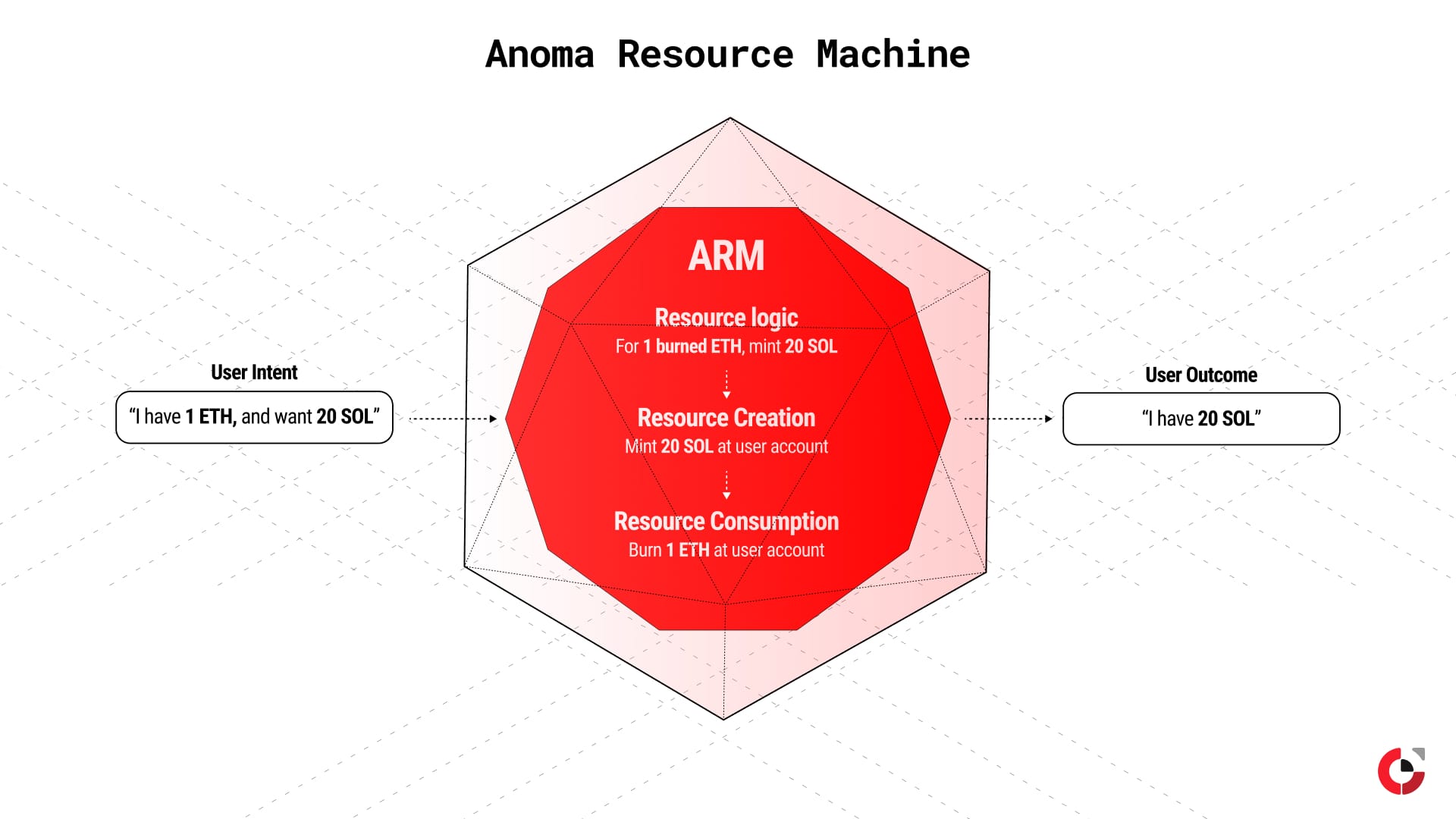
In an ARM transaction, resources are coupled with resource logics, which encode the rules for how resources can be used. To get from user intent to satisfied outcome, resources can be created (e.g. asset minting) and consumed (e.g. asset burning), while the ARM enforces the rules for valid state updates in line with the user’s stated preferences and conditions.
The ARM and Protocol Adapters
The ARM comes to life on existing blockchains by being deployed on Protocol Adapters (PAs). PAs are smart contract implementations of the ARM that provide interoperability between the ARM and existing virtual machines.

With the ARM now deployed to the Ethereum PA, developers can build privacy-preserving applications with native intents for Ethereum. The ARM provides full interoperability with the EVM, so developers can leverage existing assets, smart contracts, and data on Ethereum.Thanks to the ARM’s unmatched data protection capabilities, developers can incorporate industry-leading privacy guarantees into existing DeFi and payments applications, enable private voting for DAOs, build private auctions, leverage private oracle data, and more.
By building natively on the ARM, developers can not only unlock Anoma’s native intents and privacy features, they can be ready to deploy their app on any and every chain that gets a PA in the future. Applications can select different providers for different services (e.g. ordering from Ethereum, storage from Arweave, and solving from Chorus One).
The ARM also enables native gas fee abstraction, so apps can offer superior UX by eliminating the need for their users to hold specific tokens to pay fees.
What’s next
With the Ethereum PA deployed, developers can now build privacy-preserving, intent-centric apps for Ethereum, and apps like AnomaPay can come to life. But Anoma on Ethereum is just the first step. From here, PAs will be launched on key L2 rollups to bring the benefits of Anoma to the most widely used chains across the Ethereum ecosystem. With the launch of each new PA, Anoma apps like AnomaPay can automatically work on those chains.
The ARM marks the start of a new era for decentralized app development. Dapps are no longer rigid, constrained by their deployment chains, and incapable of protecting user data. They’re freeform, flexible, and can provide user-friendly privacy options for the first time in Web3. The ARM is the missing link that enables crypto applications to finally compete with the functionality and experience of Web2, so Web3 can become just ‘the web’.
Dive deeper into the ARM's technical specifications here.
